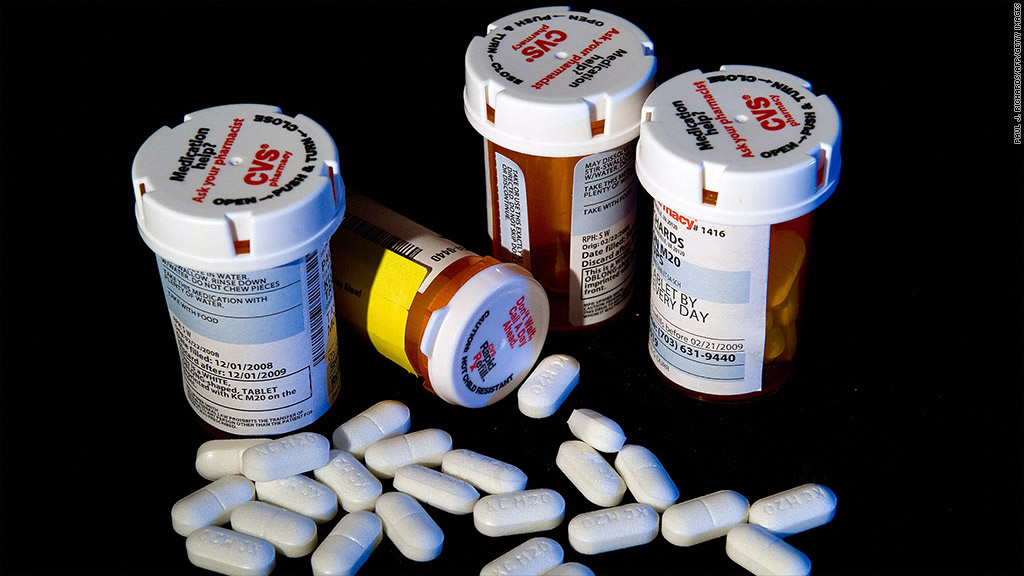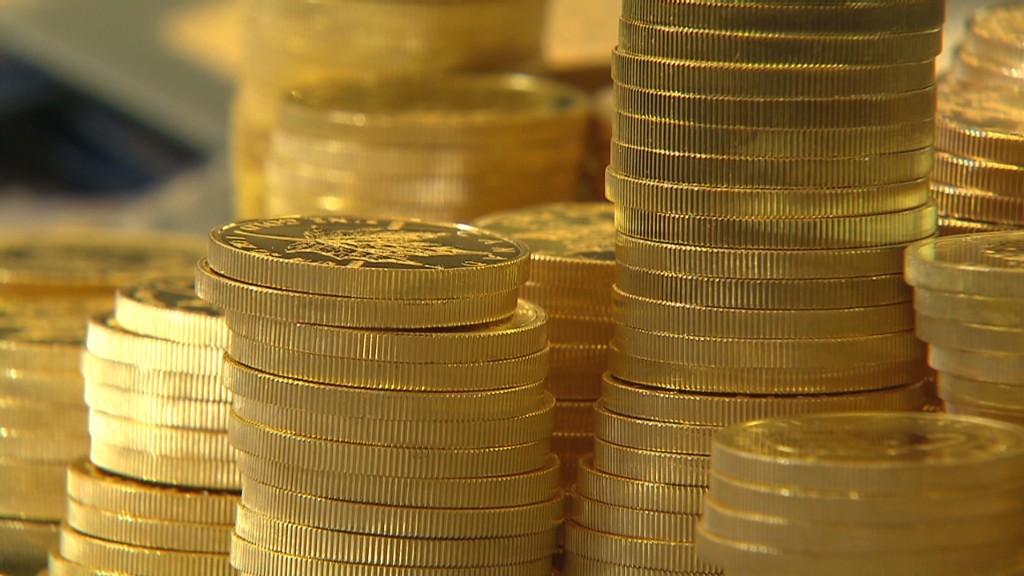
CVS charges $150 for a monthly prescription of the generic version of the cholesterol drug Lipitor. The same drug goes for $17 at Costco.
That's according to a recent Consumer Reports nationwide survey that sent secret shoppers to 200 pharmacies that carry five blockbuster drugs: Lipitor, Lexapro, Plavix, Actos and Singulair, all of which lost their patents in the last two years.
Shoppers found they could be paying as much as $749, or 447%, more for a generic prescription drug in one year at the highest-priced pharmacy, compared with the lowest.
The priciest places to pick up these prescriptions were CVS (CVS), Target (TGT) and Rite Aid (RAD). The least expensive were Costco (COST) and Sam's Club, while Wal-Mart (WMT), and Walgreen's (WAG) fell in the middle.
So what's behind the huge discrepancy?
Lisa Gill, a Consumer Reports editor who focuses on prescription drugs, said the difference stems primarily from what sells at the stores.
"At places like CVS or Rite Aid, the pharmacy is their major source of revenue and profit," she said. "Costco and Sam's Club are using the low drug prices to pull people in stores who will spend money on other things."
Related: 12 ways you're wasting money
Consumers are often willing to pay higher prices at a drug store because many of them are conveniently located, open 24 hours a day and have drive-through windows, according to Gill.

But for most people, it can be worth the extra hassle. This is especially true for those who take medication long-term, since they will get better deals at the warehouse clubs, or big box stores, Gill said.
Carolyn Castel, a spokeswoman for CVS, said that pricing surveys like this are too small to draw "meaningful conclusions about which pharmacies offer the best overall value." She also noted that they don't take into account the discount and third-party insurance programs that pharmacies use to lower prices.
A Target spokeswoman said it offers a number of ways for customers to save on drug prices, like rewards and discount programs.
Consumer Reports' Gill said these programs are helpful, but they're not doing enough to lower costs.
It's no secret that the cost of drugs can be prohibitive, especially at a time when incomes are stagnating. Consumer Reports found in a separate national telephone survey that Americans who regularly took prescription drugs, spent $758 out of pocket in 2012, or 12% more than the previous year.
Gill said that one way for people to save is by refilling prescriptions every 90 days instead of each month, since most pharmacies provide discounts on three-month supplies.
To get the best price, she said, people should comparison shop by calling different pharmacies to see who offers the lowest price.
